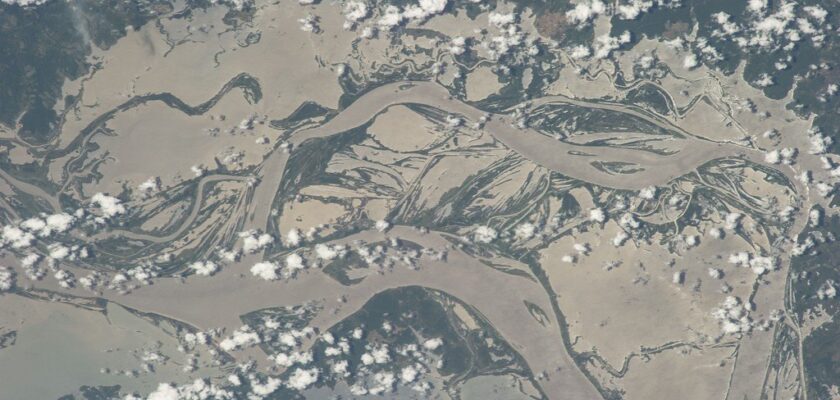Amazon Basin
This attraction is related to the countries:BrazilBrazil , ColombiaColombia , PeruBoliviaThe Amazon Basin is a vast lowland area covered by rainforest that occupies almost the entire north of South America. It has an area of 6.5 million square kilometers, which is 5% of the entire land surface of the earth.
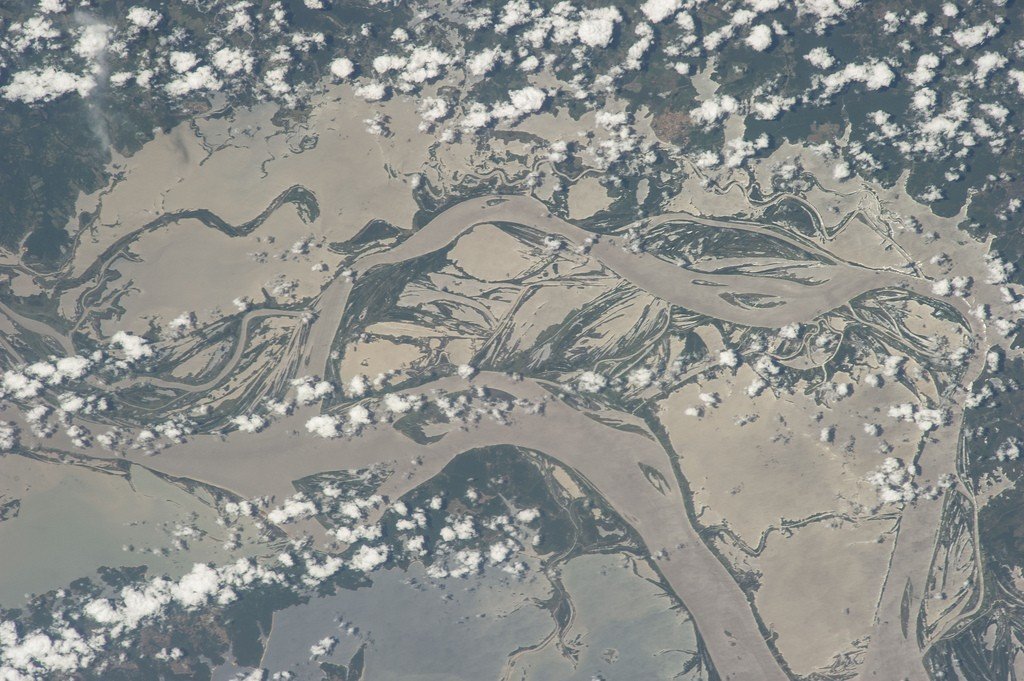
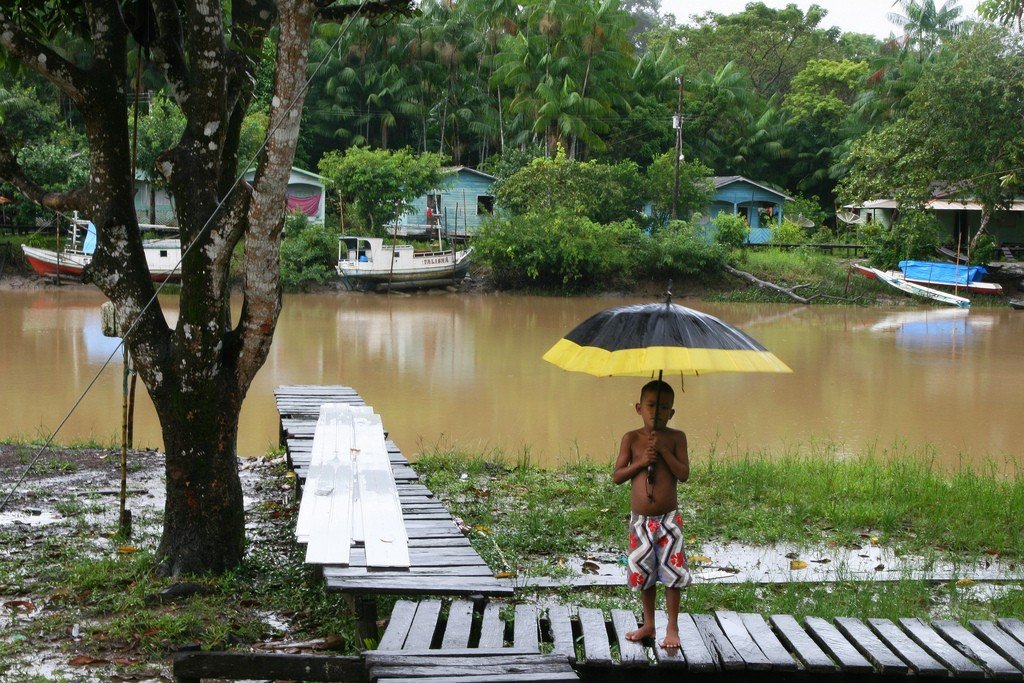
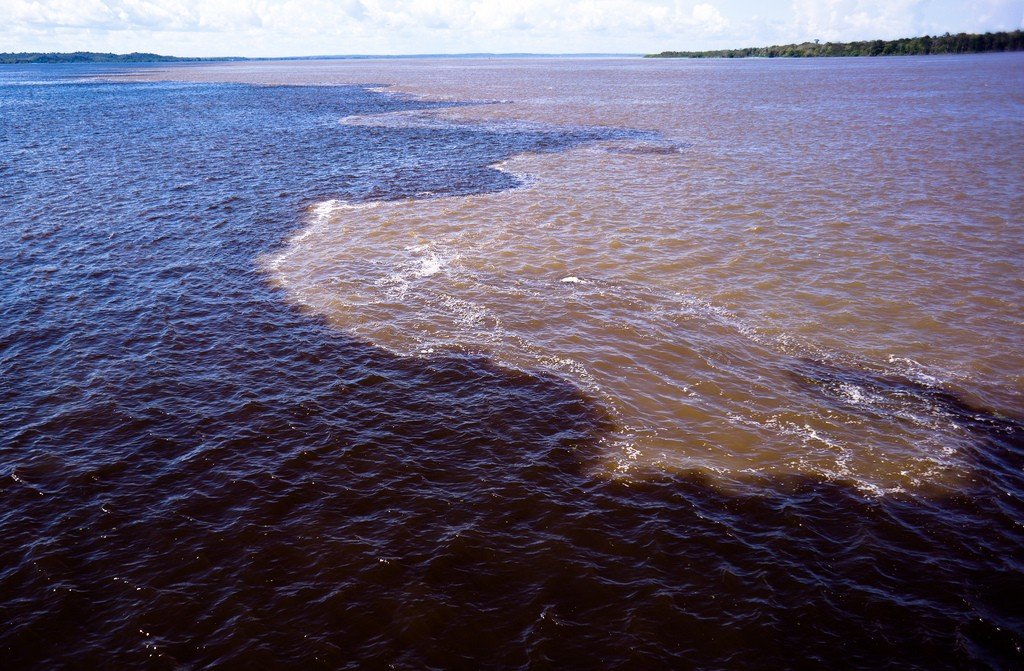
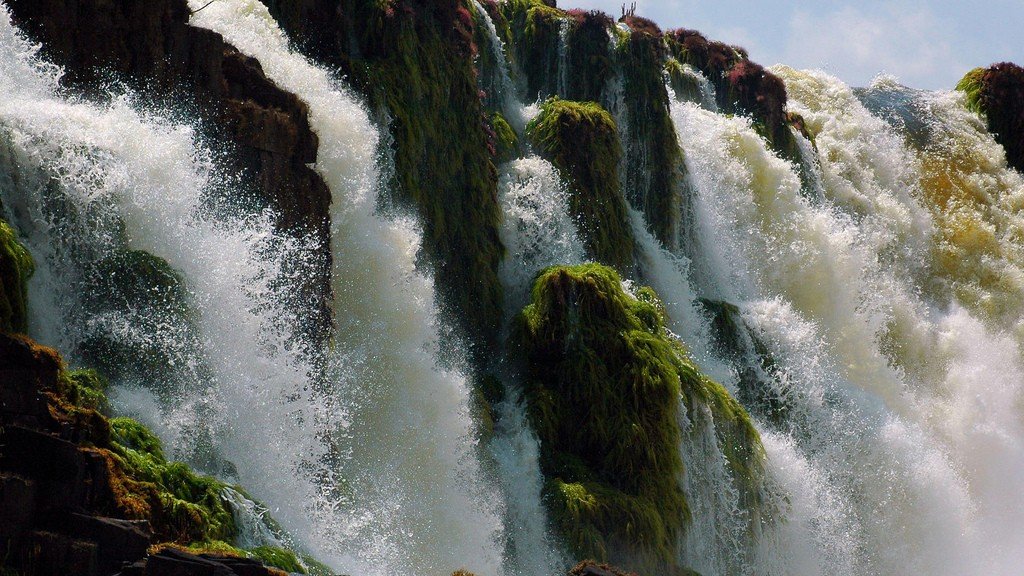
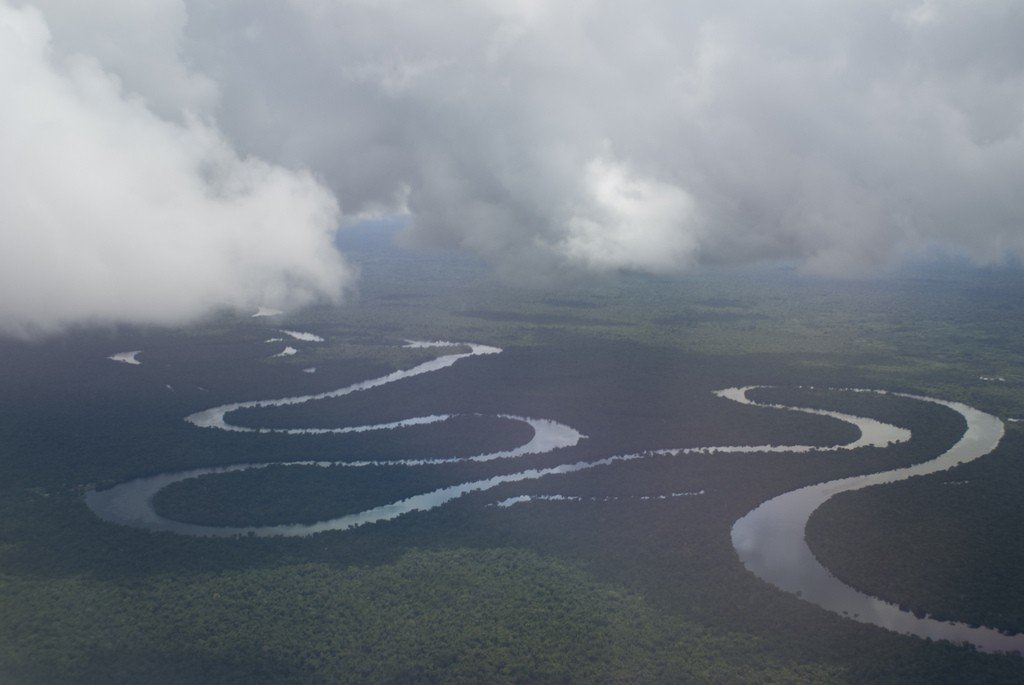
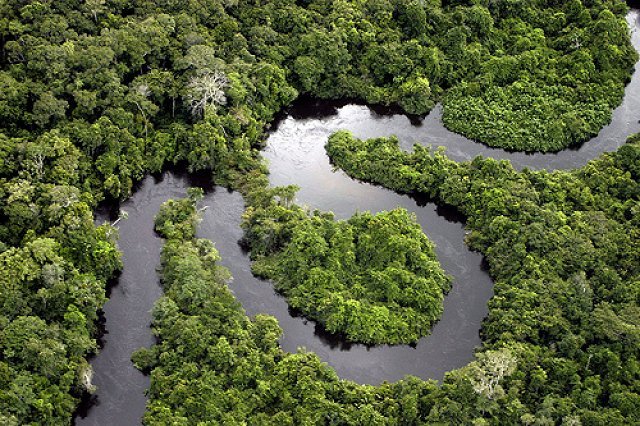
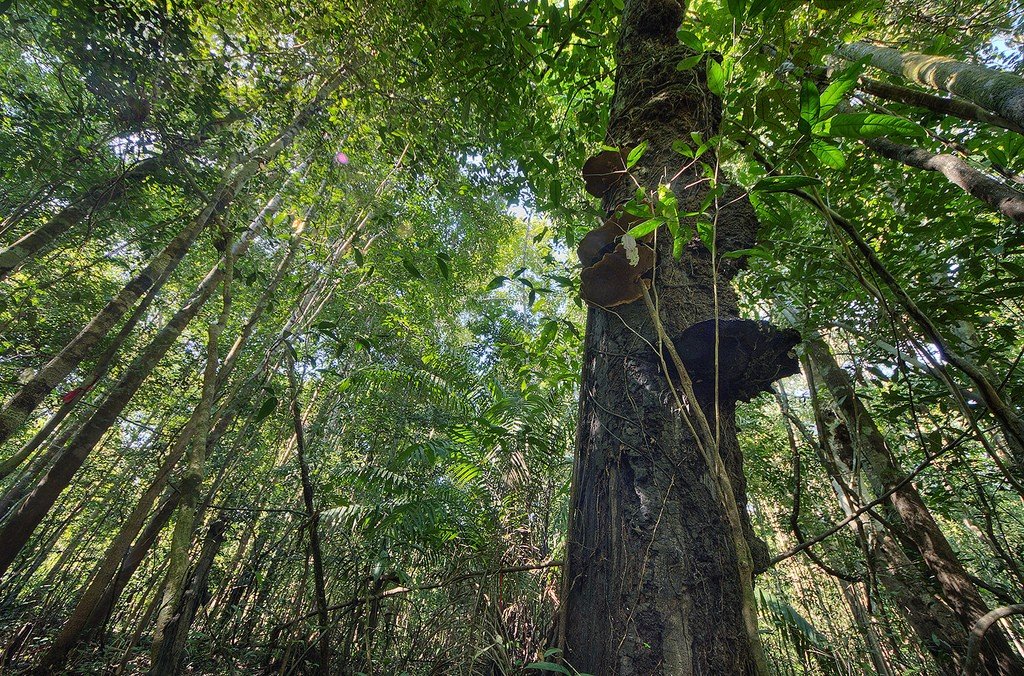
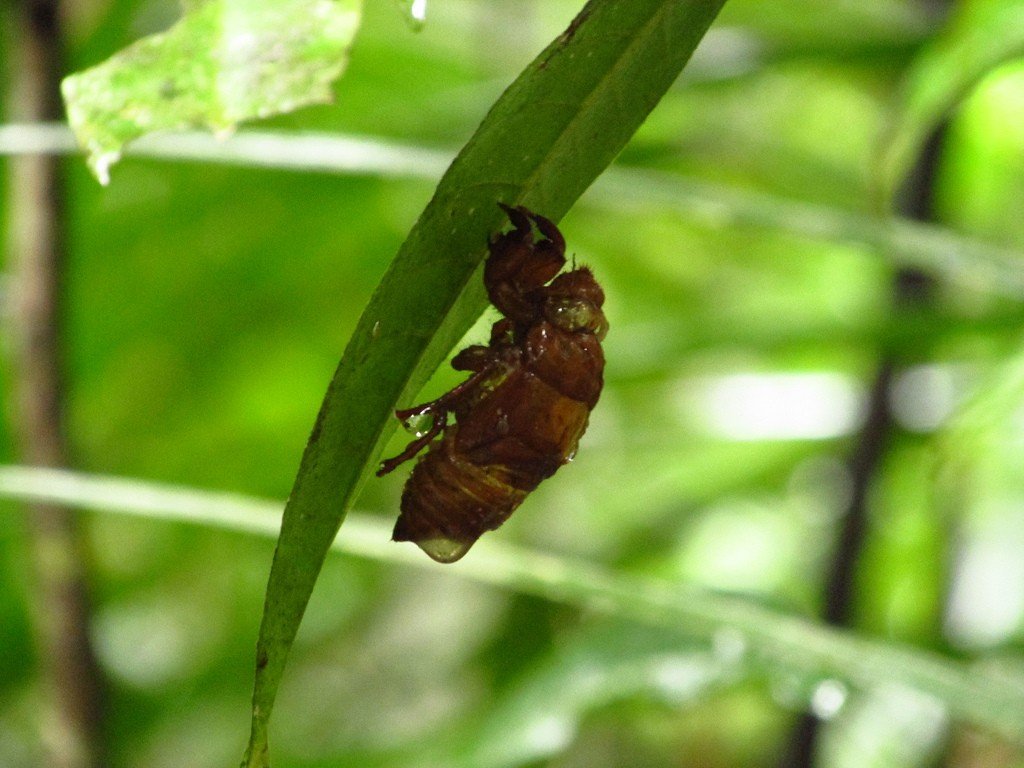
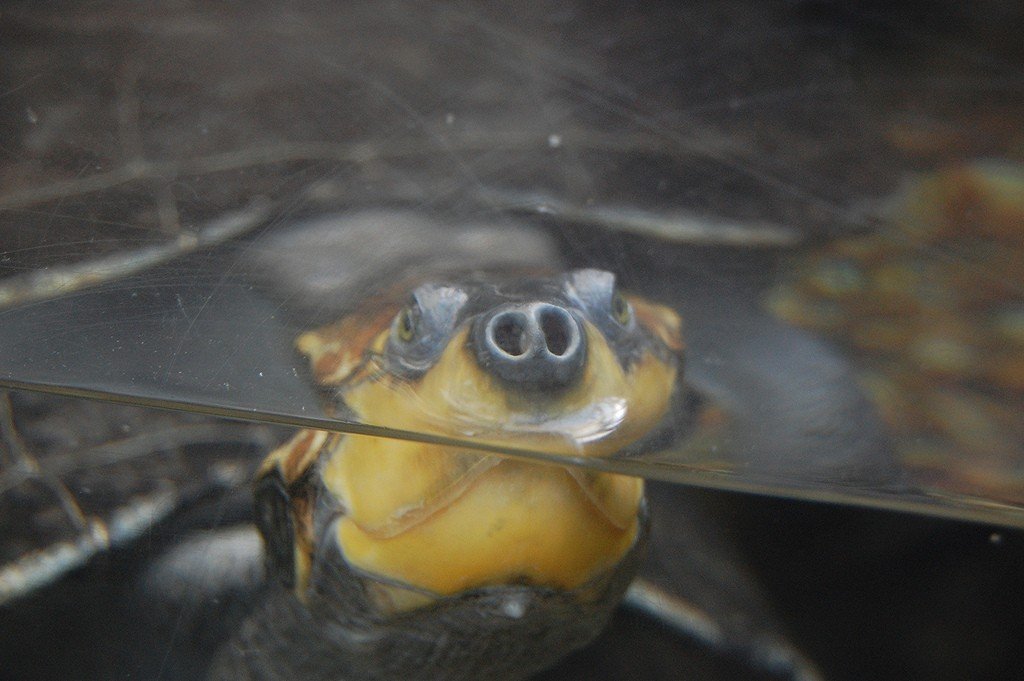
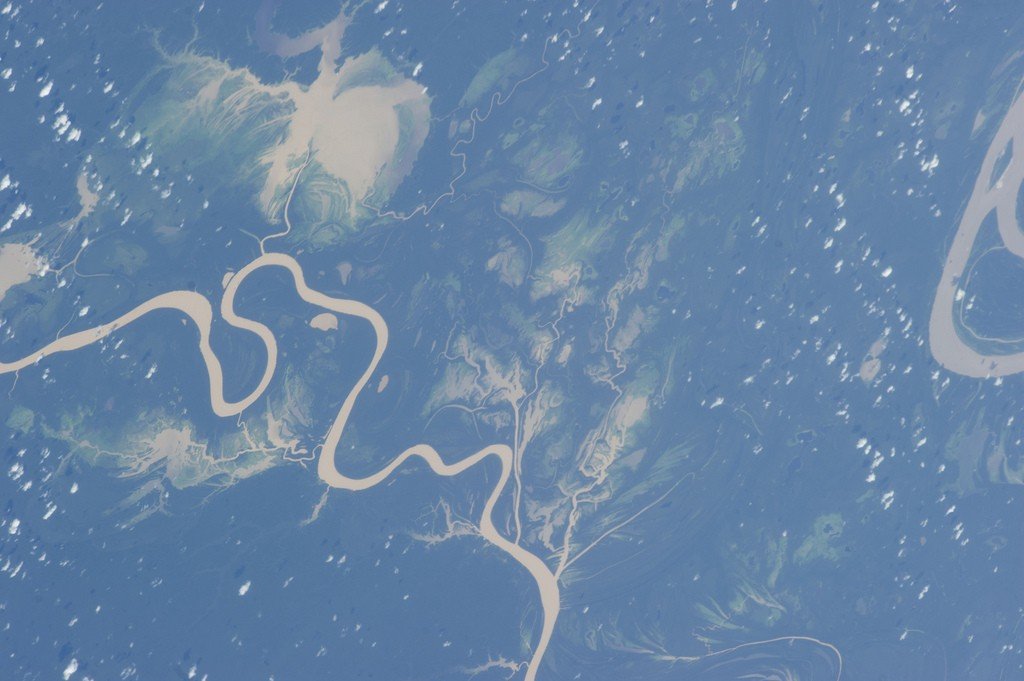
General Information
The Amazon Basin, which contains the most significant forested areas on our planet, is shared by Brazil, Colombia, Peru and Bolivia. These vast expanses feed the many tributaries of the Amazon all the way through the rainforest from the Andean heights to the Atlantic coast. So much of the continent can only be viewed in a single view from space.
.Some 1,100 large and small tributaries hide their channels under the cover of tropical jungle, crossing from mountainous terrain and covering the Amazon basin with a dense network all along its course. Of the many tributaries of the Amazon, 17 have a length of more than 1500 kilometers. Together with the Amazon, they carry about 20% of the planet’s total freshwater supply. Since the terrain itself is relatively flat, the riverbeds of the rivers flowing through it are quite shallow. On average, the course of the Amazon River drops by 5 mm for every kilometer – that is, no more than the water in the most ordinary bathtub! Most of the time, between 100,000 and 200,000 cubic meters of fresh water is discharged into the Atlantic Ocean, depending on seasonal variations.
.
Most of the major tributaries of the Amazon got their names because of the color of the water. For example, the water in Rio Negro appears black, while in Madeira it is golden scarlet, reminiscent of the wine of the same name. Near Manaus in Brazil, the Rio Negro merges with the yellow, muddy waters of the Solimões, which rush down the slopes of the Andes. The two rivers, once in the same bed, for a long time behave like two immiscible liquids, and only after 80 kilometers the yellow water of the Solimões takes over.
.
The headwaters of the Solimões, discovered only in 1971, are similar to the headwaters of all the rivers of this system. They are located in the mountains of Peru and Ecuador and flow in a northwesterly direction to Brazil. Along the way, the river manages to change its name six times, and is called Solimões in its middle reaches. Only in the last, relatively straight stretch, which is about one-third of its total length, is the river called the Amazon.
At 6,275 kilometers long, the Amazon is the longest river in the world, incorporating many smaller rivers. During high water seasons, about 280,000 cubic meters of water per second flows through its channel. It is so deep that even ocean liners can safely travel up to 3,700 kilometers from its mouth. This allows them to reach almost every corner of the northern part of the continent, as far as the Peruvian city of Iquitos, located in the heart of the rainforest, where the railroad has not yet reached further.
.Facts
- Location: Brazil, Colombia, Peru and Bolivia share the Amazon basin, which contains some of the most significant forested areas on our planet. .
- Area: It has an area of 6.5 million square kilometers, which is 5% of the entire land surface of the Earth. .
- Length: The Amazon is named for its largest river. Amazon River, which is 6,275 km long, 5-12 km wide and 30-100m deep. .
